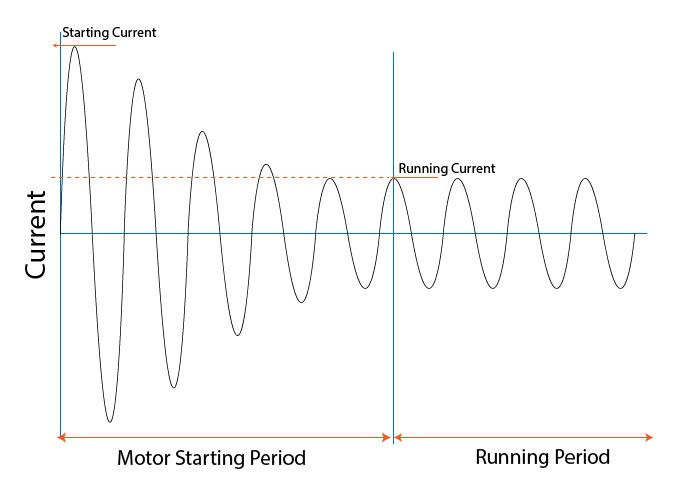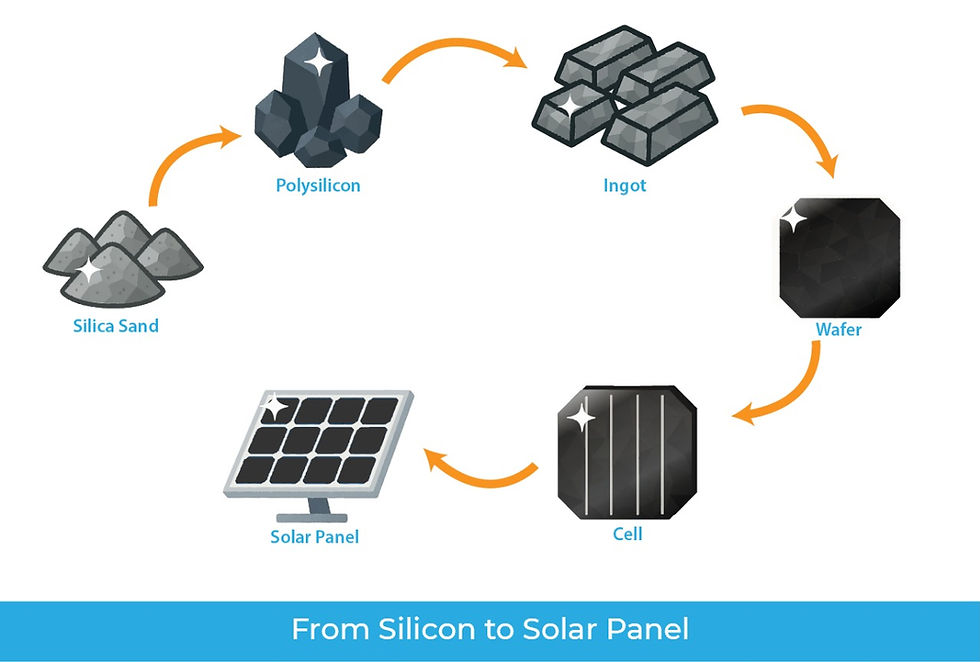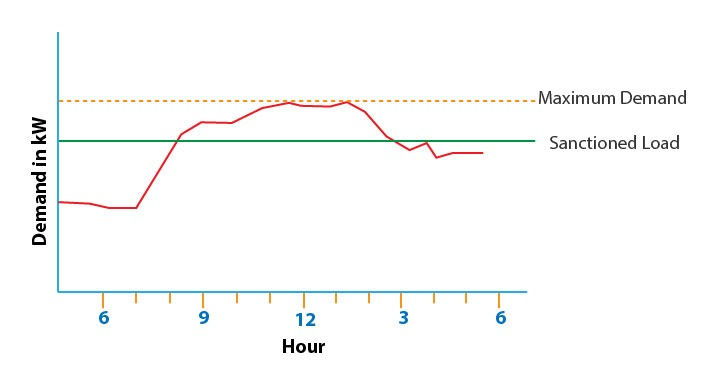Surge Current and Running Current
- Hyde Source

- Aug 4
- 4 min read
Updated: Aug 7
A critical—and often misunderstood—aspect of designing a solar power system is understanding the difference between an appliance's running power and its starting power. This distinction is the key to correctly sizing your inverter, especially for off-grid and hybrid setups where reliability is paramount.
Let's dive into what these terms mean and how they determine the heart of your solar system.
Running vs. Starting Power: The Basics
Most appliances have two power ratings you need to be aware of:

Running Power (Continuous Power): This is the steady amount of power an appliance consumes once it's up and running. It's the wattage you typically see listed on the appliance's label (e.g., a 200W refrigerator or a 1500W air conditioner).
Starting Power (Surge or Inrush Current): This is a brief, massive spike in power consumption that occurs for a fraction of a second when an appliance is first turned on. This "surge" can be several times higher than the running power.
Why Do Appliances Have a High Starting Current?
The physics behind starting current is straightforward, especially for devices with motors or compressors. Appliances like refrigerators, air conditioners, water pumps, and power tools contain an electric motor.
When a motor is at rest, it has a very low electrical resistance. When power is first applied, it draws a huge amount of current to overcome its inertia and the initial mechanical load. Once the motor spins up to speed, its resistance increases, and the current consumption drops back down to the normal running power.
Think of it like pushing a heavy object. The initial push requires a lot more force (power) than the force needed to keep it sliding smoothly once it's in motion.
Motorized Appliances: The starting current for these devices can be 3 to 7 times their running wattage. A refrigerator that runs at 200W might have a starting surge of 600W for a split second.
Heating Elements & Transformers: Devices with heating elements (e.g., toasters, heaters) or transformers also have a momentary surge, but it's typically less dramatic than with motors.
Inverter Sizing: The Golden Rule
An inverter has two power ratings: a continuous power rating and a surge power rating (also known as peak power).

Continuous Power Rating: The maximum power the inverter can supply on a steady, long-term basis. This rating must be greater than the sum of all the running appliances you expect to use simultaneously.
Surge Power Rating: The maximum power the inverter can supply for a very short duration (usually a few milliseconds to a few seconds). This rating must be high enough to handle the starting current of your appliances.
This is the most common mistake in solar system design. If your inverter's surge rating is not high enough to handle the starting current of a motor, the inverter will likely shut down, trip a breaker, or fail altogether.
Sizing for an Off-Grid Solar Setup
In an off-grid system, there is no utility grid to fall back on. The inverter is the sole source of AC power, making its sizing absolutely critical. You must account for the worst-case scenario: the highest possible combined starting load.
Example Calculation:
Appliance | Running Watts | Surge Factor | Surge Watts |
LED Lights (5 total) | 5 × 10W = 50W | 1 | 50W |
Refrigerator | 200W | 3 | 600W |
Water Pump | 800W | 4 | 3,200W |
Laptop | 50W | 1 | 50W |
Total | 1,100W | 3900 W |
Max Running Load: The highest continuous power draw if all appliances are on at is 1,100W
Max Surge Load: This is where it gets tricky. We must consider which appliances might start simultaneously. Let's assume the lights and laptop are always on, and at some point, both the refrigerator and water pump might turn on at the same time. The total surge load would be: 3900W
Required Inverter Sizing:
Continuous Rating: The inverter's continuous rating must be greater than 1,100W. A 1.5 kW (1500W) or 2 kW inverter would be a safe choice.
Surge Rating: The inverter's surge rating must be greater than 3,900W. Look for an inverter with a peak power rating of at least 4.5 kW to provide a safety margin. A good-quality inverter with a 2 kW continuous rating might have a surge capacity of 4 kW or more, but you must check the specifications carefully.
Conclusion
When selecting an inverter for your solar system, don't just look at the continuous power rating. The system's ability to handle the brief but powerful starting currents of motor-driven appliances is the primary factor that determines its reliability.
For an off-grid system, a high surge capacity is non-negotiable. For a hybrid system, it is essential for ensuring your power remains on during a grid outage. By correctly accounting for these surge loads, you can design a robust and dependable solar power system that won't leave you in the dark.
Ready to go solar? We're here to help! Reach out to our experts today for a personalized discussion about your specific requirements. We'll craft the ideal solar system that perfectly fits your needs and budget.




